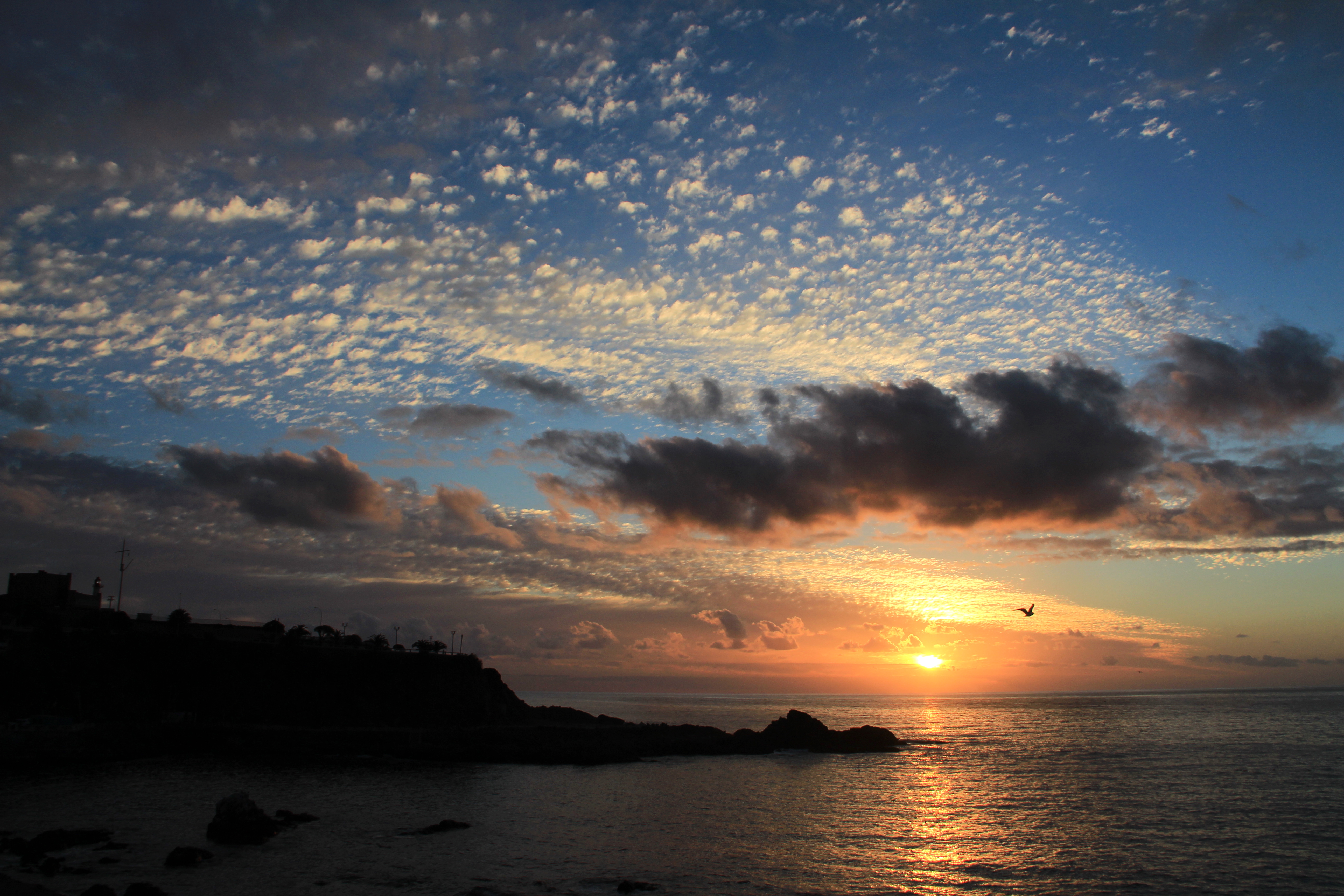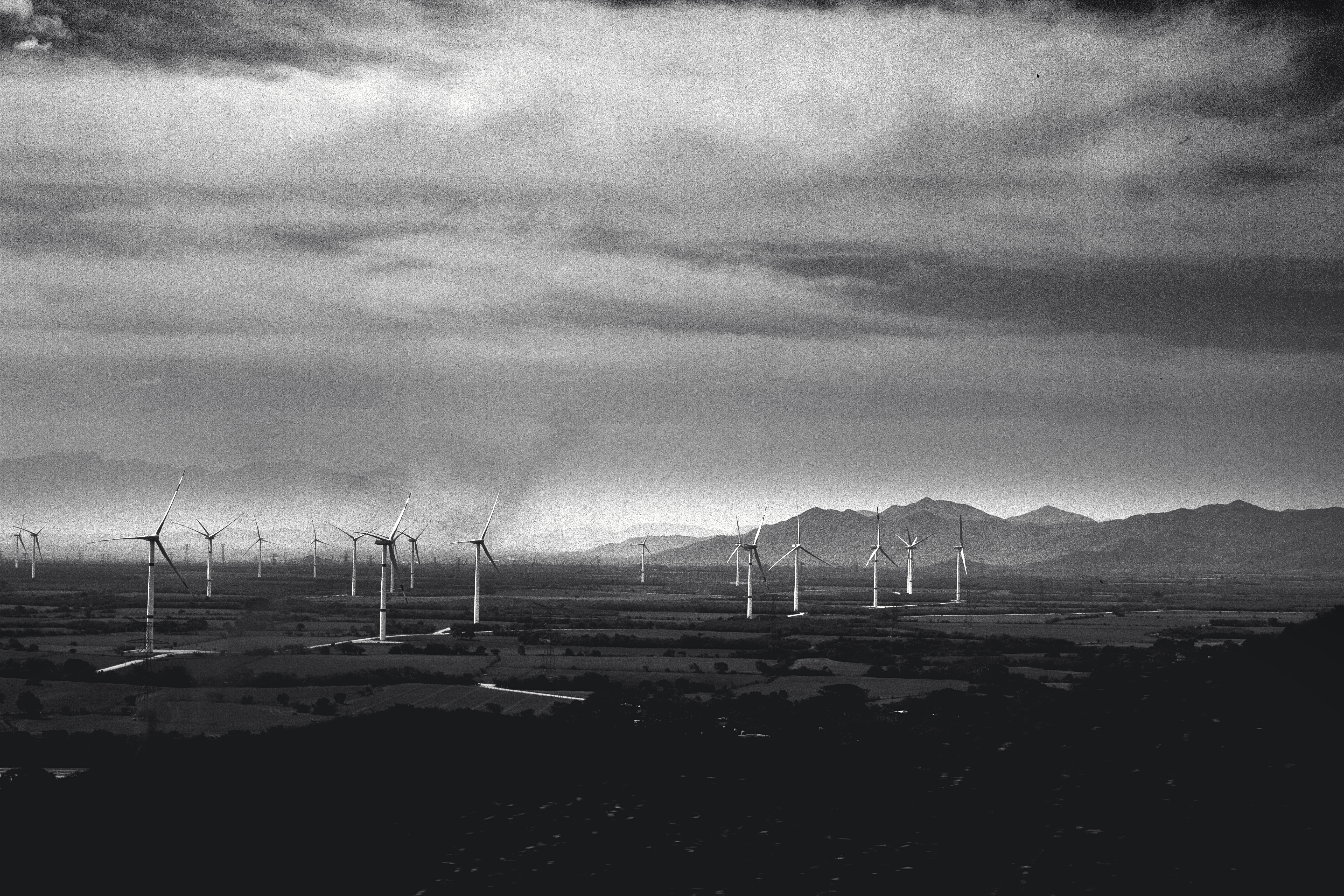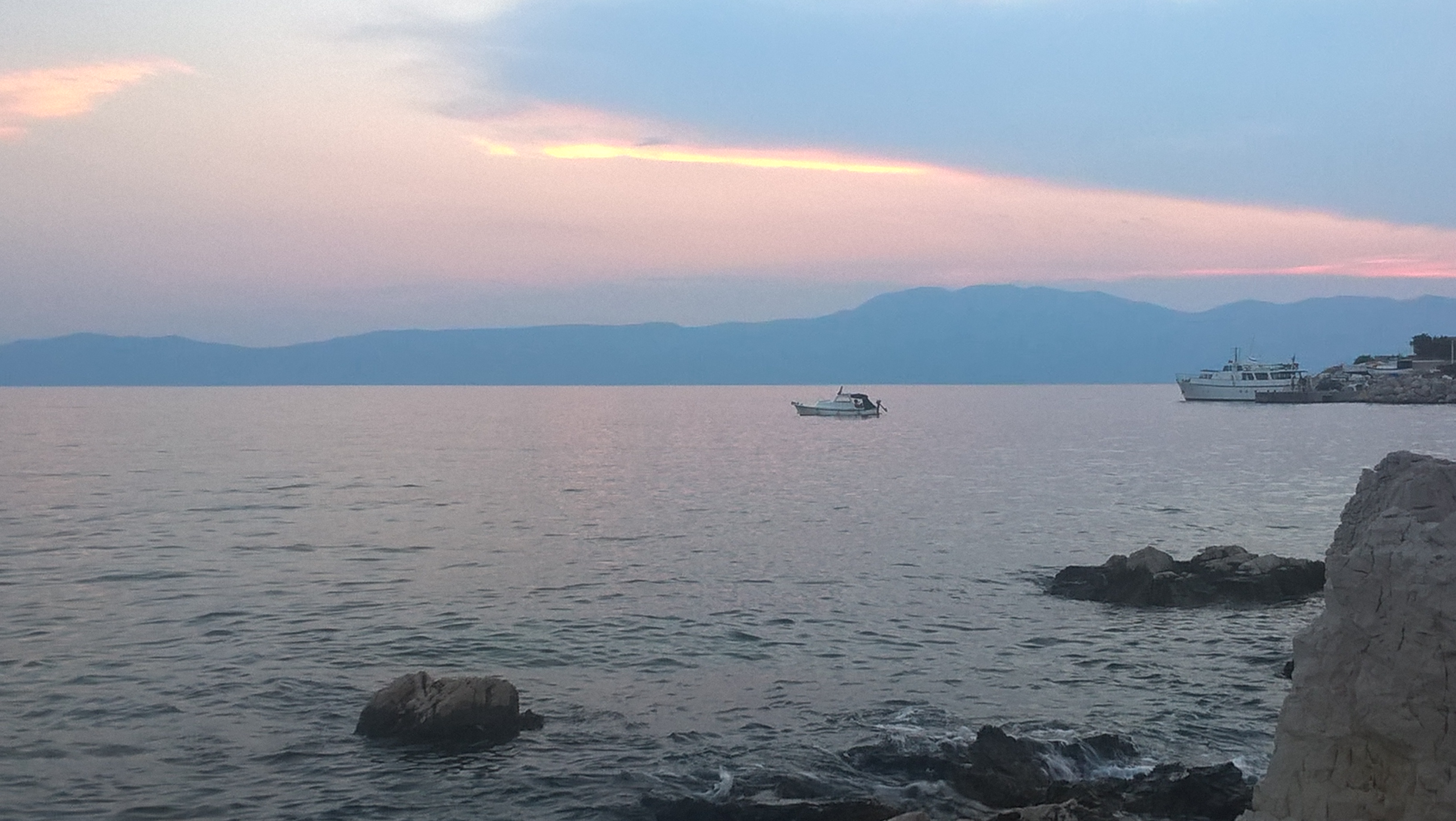Providing world leadership, expertise and international cooperation in weather, climate, hydrology and water resources and related environmental issues

Climate is the average weather conditions of an area of a long period of time. Climates fluctuate all the time – over seasons and years. Winters change to spring. Some summers are warmer than others.
The average climate is determined from a calcuation of the conditions over a 30-year period. These averages create a baseline for comparing the current weather and climate. It helps us answer questions like, “Are we having a hotter month or year than average?”
Climate changes all the time. But scientists believe our planet is warming at a faster rate than any time before. These rapid changes are largely being caused by greenhouse gas emissions into the atmosphere.

Water – we can only last a few days without it.
We drink it, we clean with it, and we play in it. We use it for irrigating crops and also for generating electricity.
In fact, water is the most important substance on Earth. It sustains life.
While humans can survive for several weeks without food, we can only last a few days without water (3 to 5 days depending on the environment and body composition).
Yes, too little or too much water creates major problems. Too little and we have drought. Too much, though, and floods create havoc.

Storm warnings tell people if and when they need to evacuate. Farmers need to know if it will rain when deciding whether or not to irrigate. Fishermen need to know if it will be safe to go out to sea. Air traffic controllers need to direct pilots around storms. You also need to know – if only to plan your activities for the next day.
The more we understand the interactions between the oceans and the atmosphere, the better we can predict the weather and climate. We are getting better and better at this: a 5-day forecast today is as good as a 2-day forecast twenty years ago.
The World Weather Information Service (available online and via a mobile phone app) has official forecasts from more than 1 733 cities in 10 different languages.